We’ve hit 1500 followers on Facebook! 🎉 This week’s posts will be all about how different kinds of pathogens (disease-causing agents) actually cause disease. Today’s post is on parasitic infections!
What are parasites?
Parasites are some of my favourite pathogens! The two major types of parasite are protozoans, single-celled organisms, and helminths, the large, multicelled parasites that we more commonly think of. Although they are both lumped under parasites, these two groups are pretty different, so they will be discussed separately.
What are protozoa?
As mentioned, protozoa are single-celled organisms, making them fairly similar to bacteria. However, they are much larger and have more functional similarities to plant or animal cells. There are several different kinds of protozoa:
- Amoebas, which are considered “shapeless” since they can essentially form any shape they want! They move around by extending pseudopods, outpouchings of their cell membrane, towards something, then adjusting the remaining cell membrane to be closer to that object. Typically, amoebas cause intestinal disease.
- Flagellates which have flagella to move around in fluids. These protozoa are usually found in the intestinal tract or in the bloodstream.
- Apicomplexans which have a “tread” mechanism, where the cell attaches itself to a surface via a small portion of cell membrane, then rolls forward to attach another part of the cell to the surface. These are most commonly blood pathogens.
Unlike bacteria, protozoa are generally unable to survive in the environment. Many protozoal species use a tick or other biting insect as a vector (carrier) to move from host to host. Others produce a hardy cyst form with a double membrane, which is designed to survive harsh conditions. Hosts will then inhale or ingest the cyst form, allowing the protozoa to proliferate and cause disease.
What are helminths?
Helminths are otherwise known as worms! They have many, many cells and reproduce sexually, meaning both female and male worms are needed for sustaining an infection. Essentially, these worms act more like our animal species than any of the other pathogen types! Similar to the protozoa, there are several types of helminths:
- Roundworms, which as the name suggests, are round and elongated.
- Flatworms, which are flat. (Science has some really creative naming…)
- Tapeworms, which are made up of multiple segments or “tapes”.
These worms usually have complex life cycles, often involving components both within their desired host and outside in the environment. Each helminth has its own unique life cycle, so covering them all in this post would essentially involved writing a parasitology textbook! But, most worms use fecal-oral transmission to enter the host, which is where the host ingests food contaminated with the feces of an infected animal or the eggs of the parasite.
How do parasites cause disease?
Parasites usually stimulate a strong immune response, which is dominated by eosinophils, a special type of white blood cell meant for parasites. As with other pathogens, this immune response can sometimes cause unintended damage to surrounding, healthy tissues. This is particularly true when the parasites die and release their antigens (fragments of tissue that are highly immune reactive) into the local environment. Additionally, some parasites are also directly toxic to host cells, causing significant damage wherever they go.
How do parasites evade the immune system?
Like the other pathogens, parasites have evolved to evade the immune system so they can survive. Some ways they do this include:
- Coating themselves in normal host proteins, so the body does not recognize them as an invader
- Changing the surface markers the body uses to identify them. Once the immune system identifies a marker, it begins an immune response against that *particular* marker. If the parasite changes it, suddenly the immune system has to start all over again!
- Living within host cells to prevent immune system recognition.
Fun photos!
Parasites have probably the widest diversity in terms of shapes and sizes, so here are some examples!
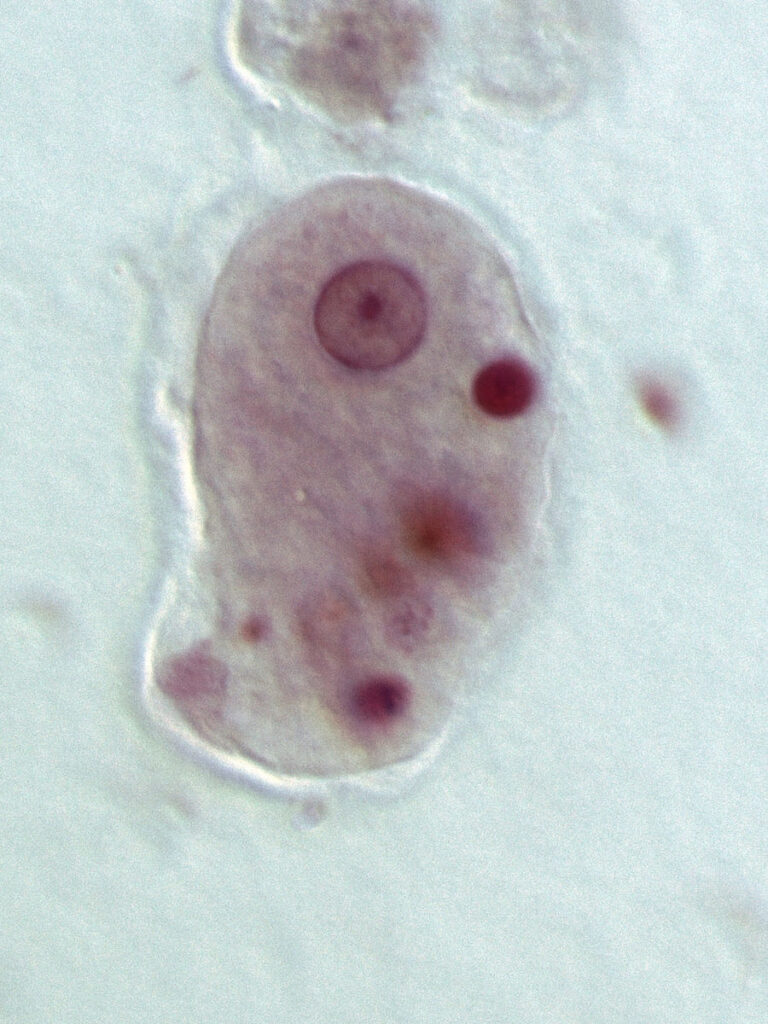

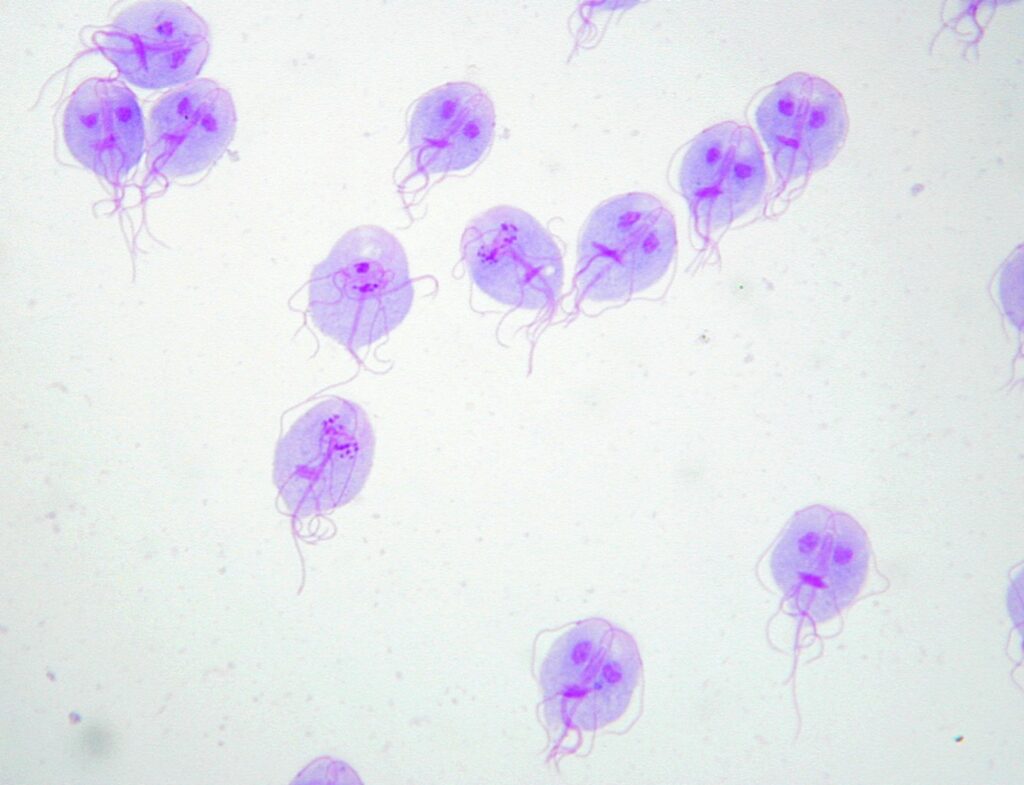
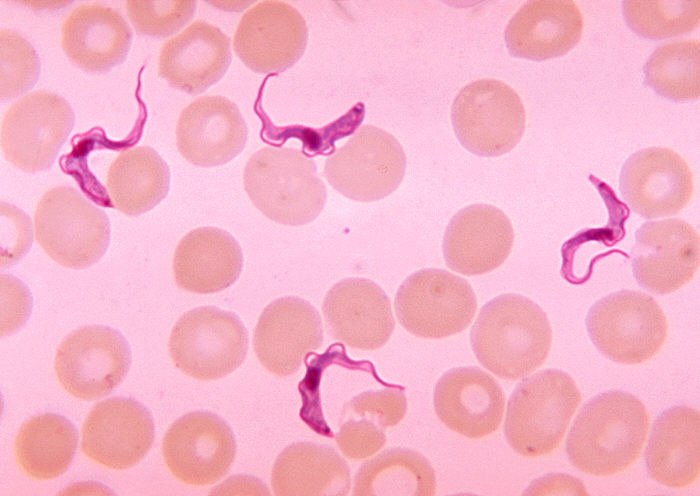

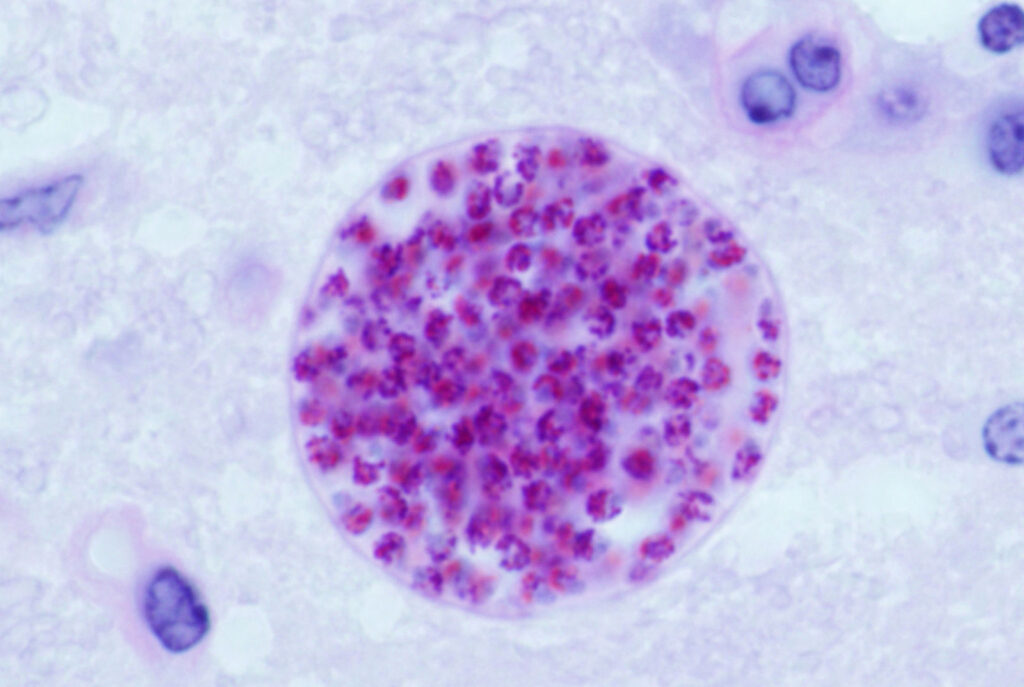

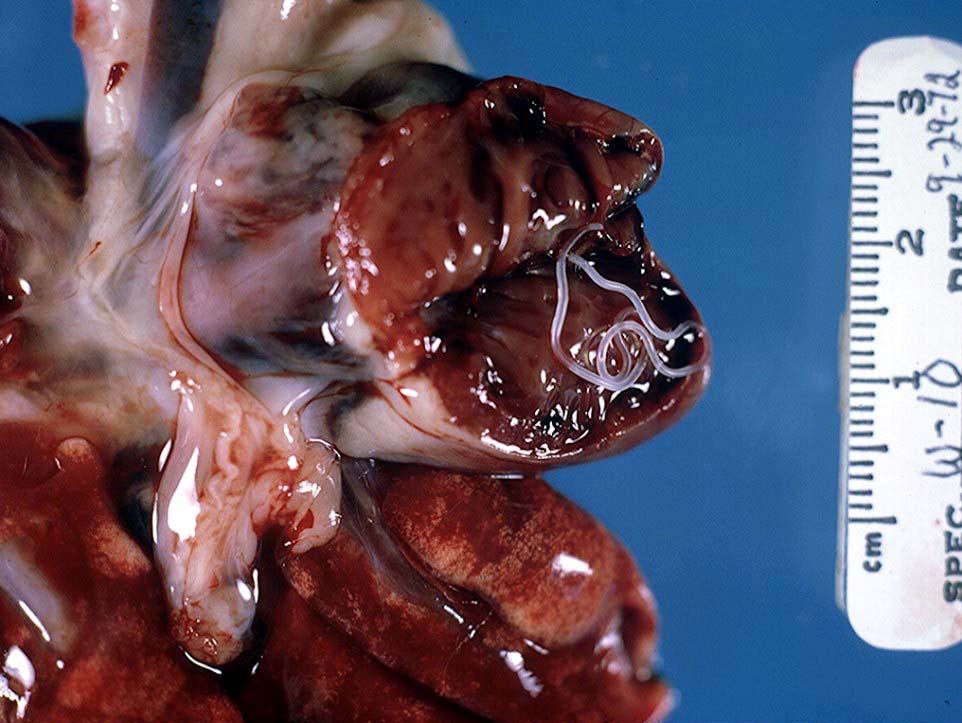
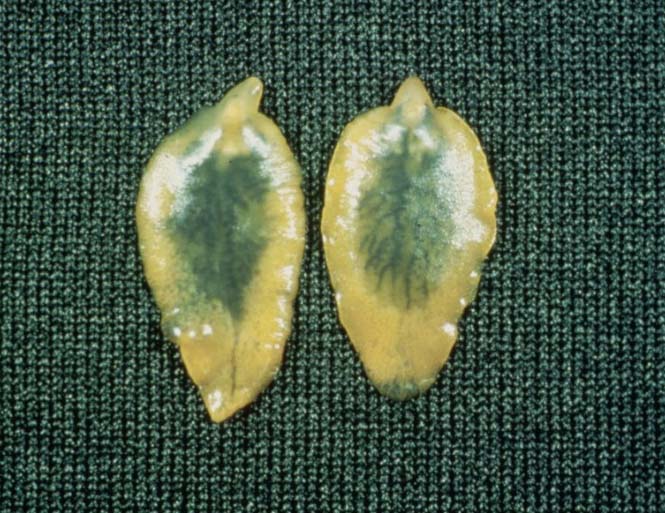



Sources
Zachary JF. Pathologic Basis of Veterinary Disease, Sixth Edition.
Photos 1, 5 © Wikimedia Commons contributors Navaho, Nephron licensed under CC Share Alike 3.0 Unported.
Photos 3 © Wikimedia Commons contributor Ajpolino licensed under CC Share Alike 4.0 International.
Photos 2, 4 © Center for Disease Control and Prevention.
Photo 6 © United States Department of Agriculture.
Photos 7, 8, 9, 10 © Noah’s Arkive contributors Crowell, Read, Vtscharner, Jakowski, Boosinger/Chang, Barros licensed under CC BY-SA 4.0.




